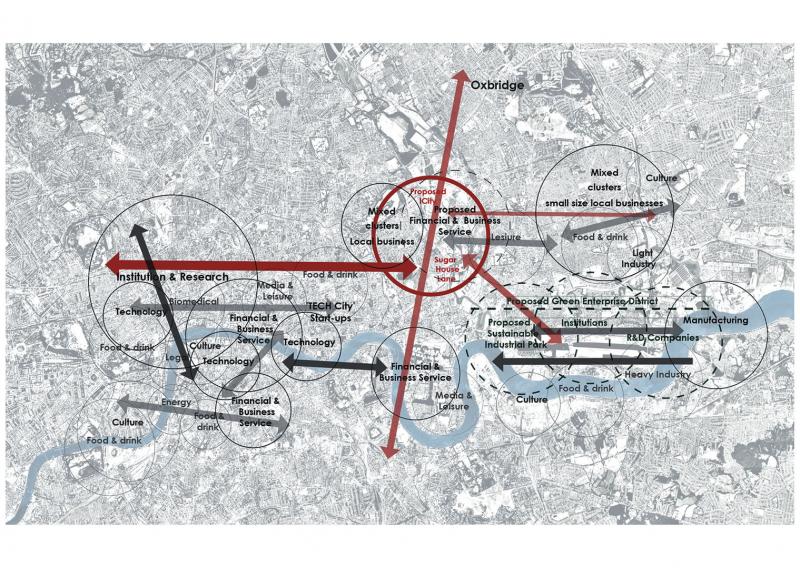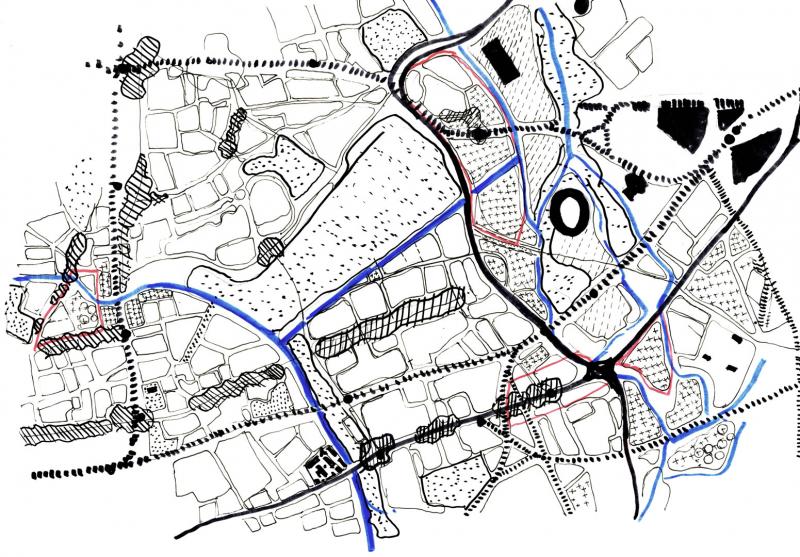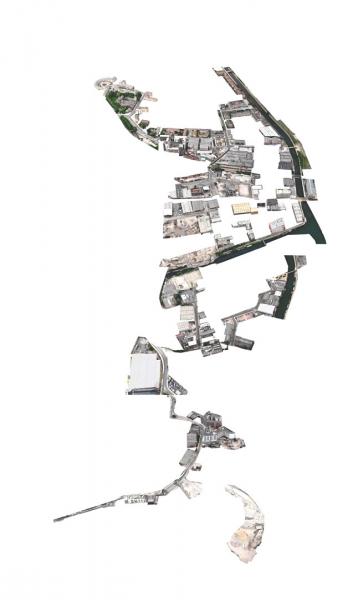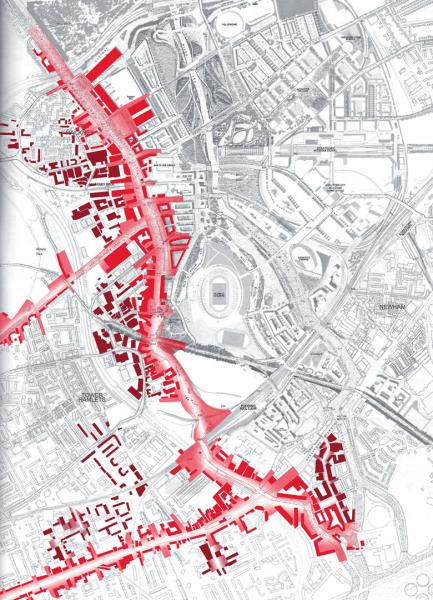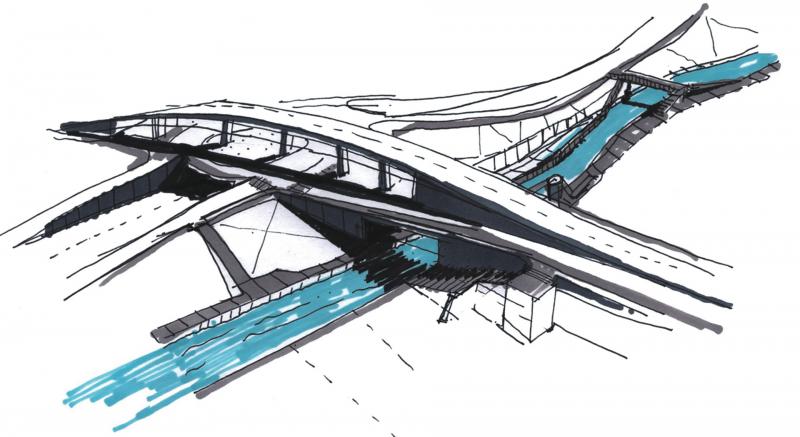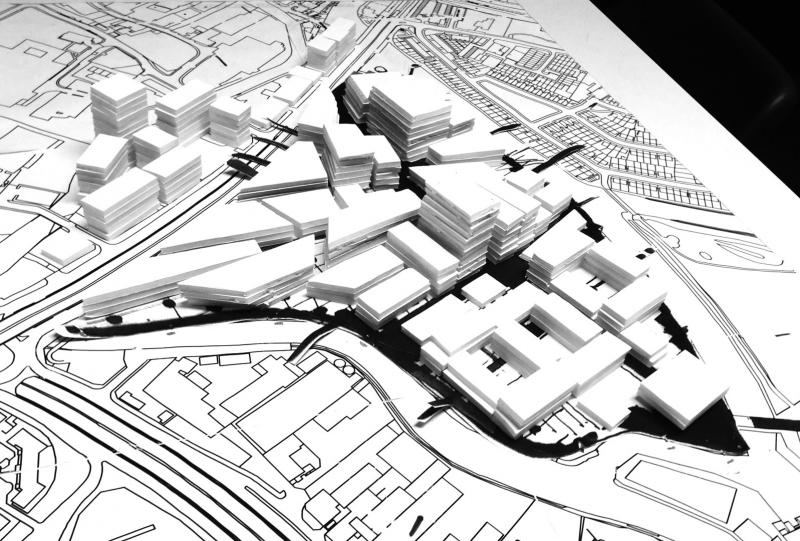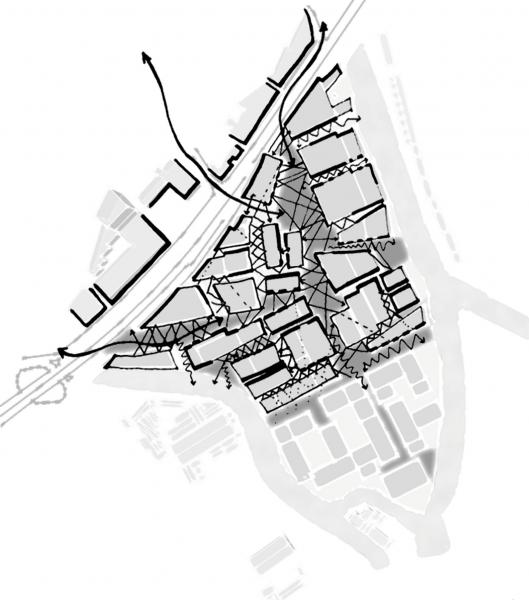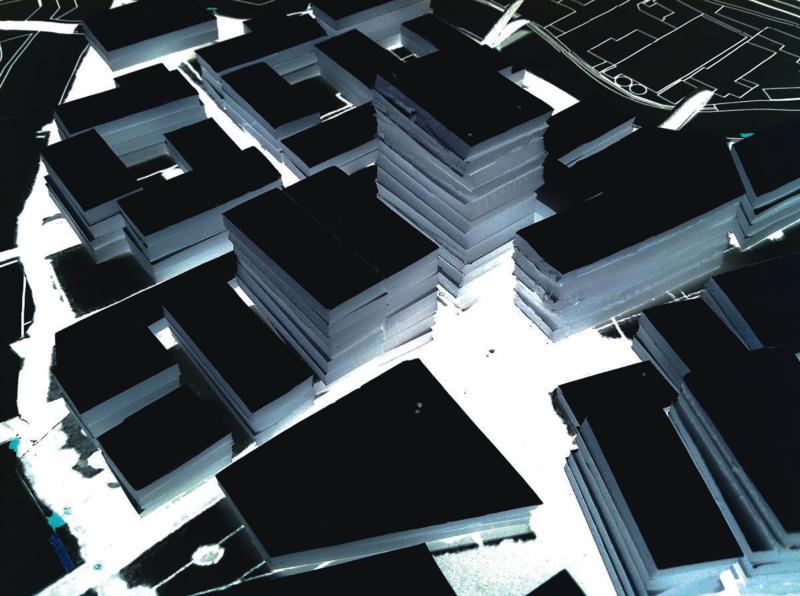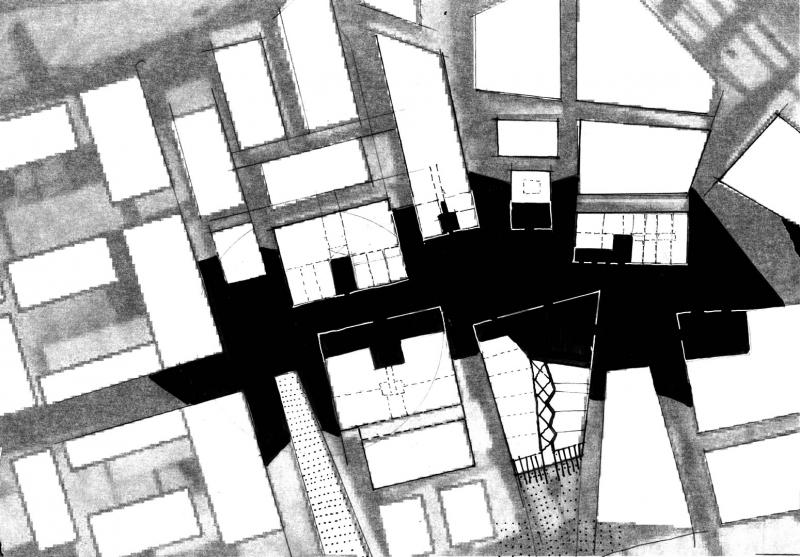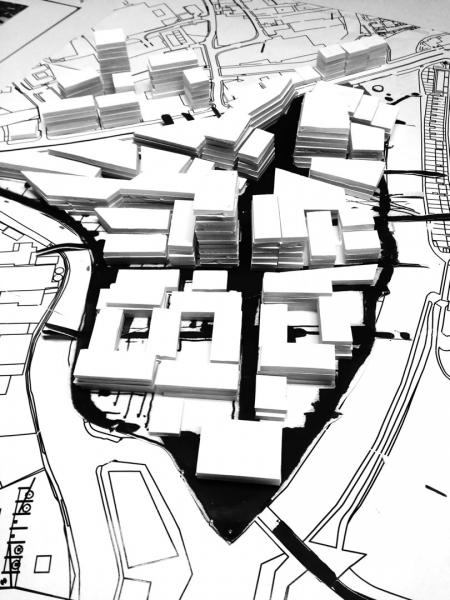Regional potential
Stitching the East End Islands.
Tutors: Hugo Hinsley, Elad Eisenstein.
East London and is currently undergoing major transformations under the pressure of regional and local economic forces, and experiencing large investments. Although located near Central London, the area seems removed from the city and rather isolated. Historically the Lower Lea Valley has been an area of industrial activities and lower income housing. These continue, but recent major investments like Canary Wharf, the transport and retail hub at Stratford, and the Olympic Games, have converted the area into one of the hotspots for development in London. Meanwhile, many white-collar and creative industries are establishing in the area due to relatively affordable rents.
This design research proposes spatial and economic conditions for a mixed urban area that will respect the local potential and integrate this with new investment. The new strategies examine upgrading and adapting, linking through spine networks, and major new projects of various scales offering diversity and mix. At the regional scale the integration of different economic actors within the urban fabric will enable East London’s multiple centralities to flourish and encourage long-term investment.
Groups worked on three different urban areas in the inner periphery of London, each with great potential and under strong pressure of development. The proposals test opportunities and spatial strategies for London to initiate new urban development models relevant to a shift to a knowledge-based economy. Within each study area the groups developed an argument and proposals for spatial intervention at multiple scales in a range of test sites.
Urban area
Spine
Spine
Primary and secondary spine
Crossings
Sugar house lane
SHL connections
SHL detail
SHL detail
SHL spine network

